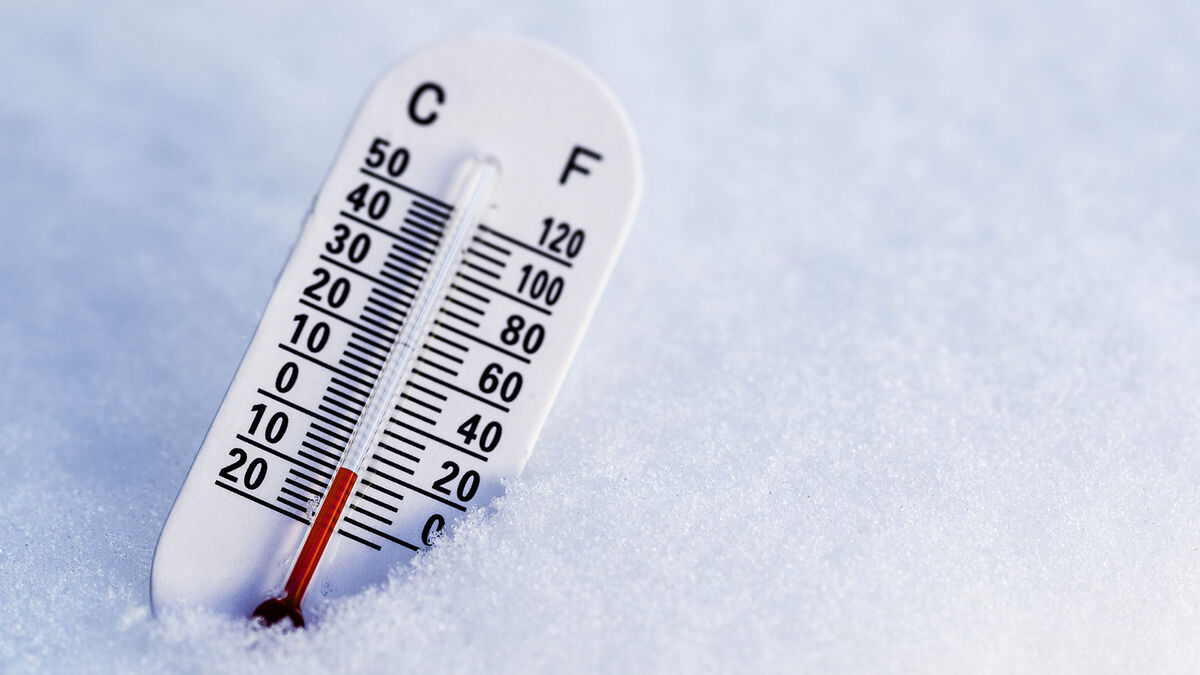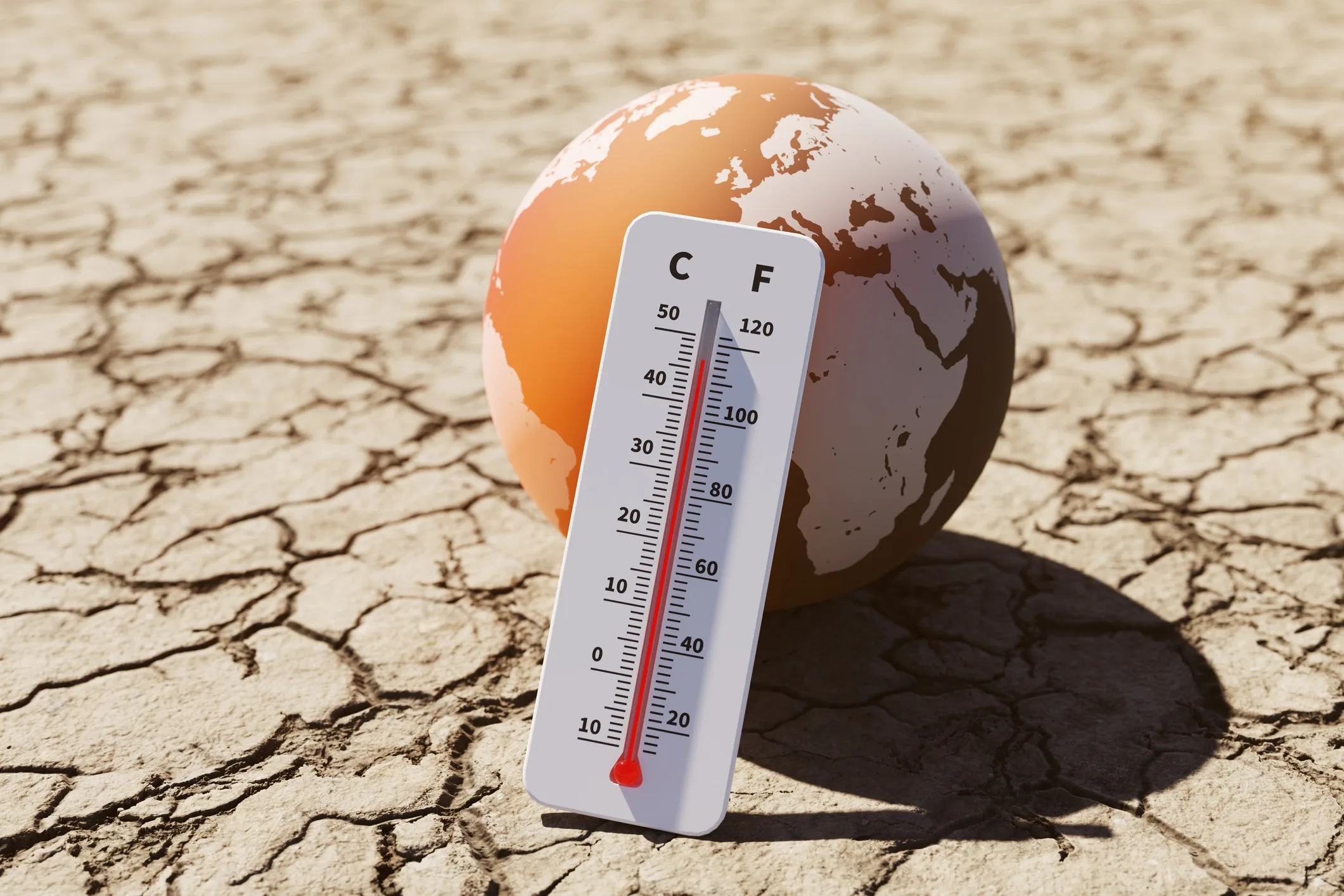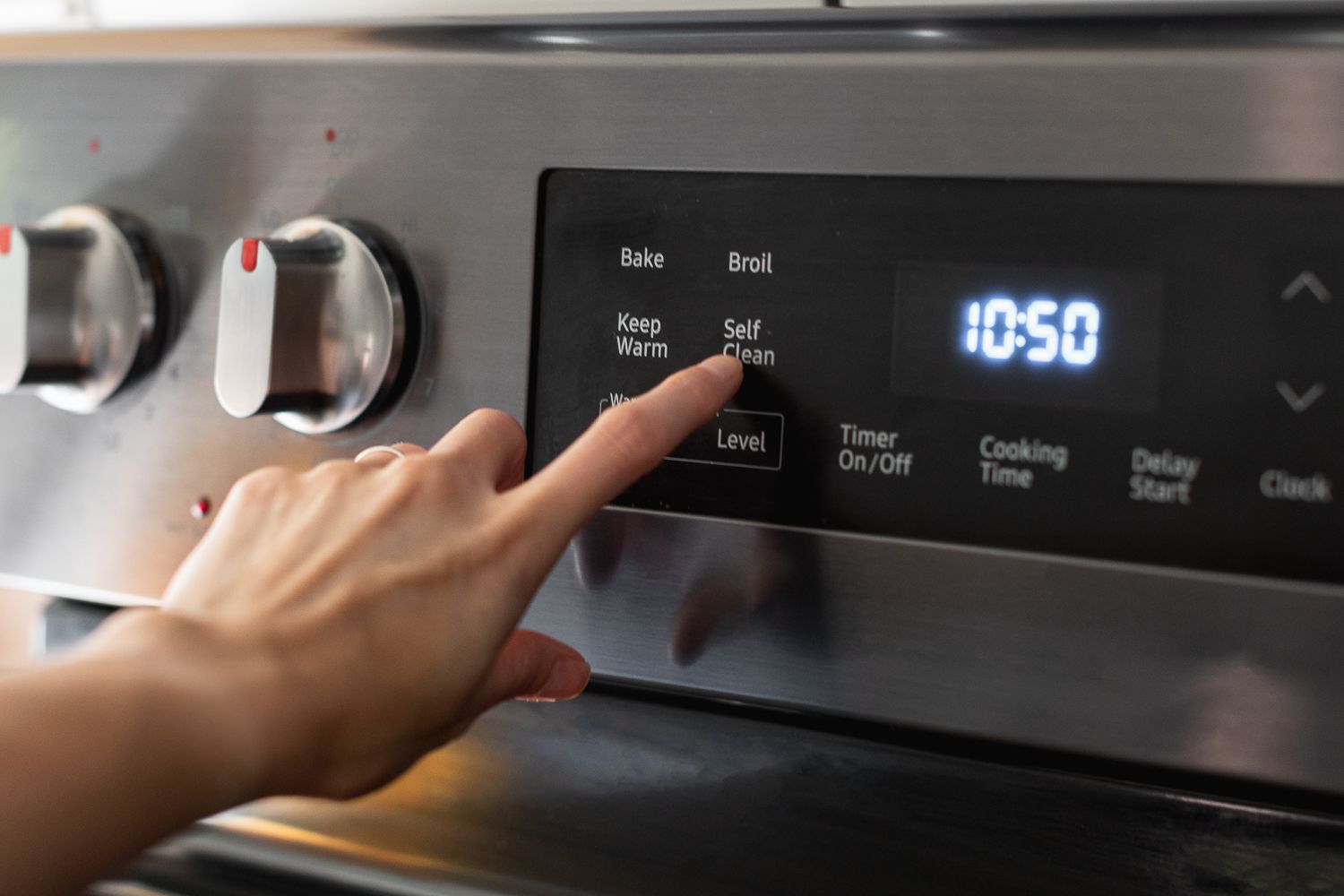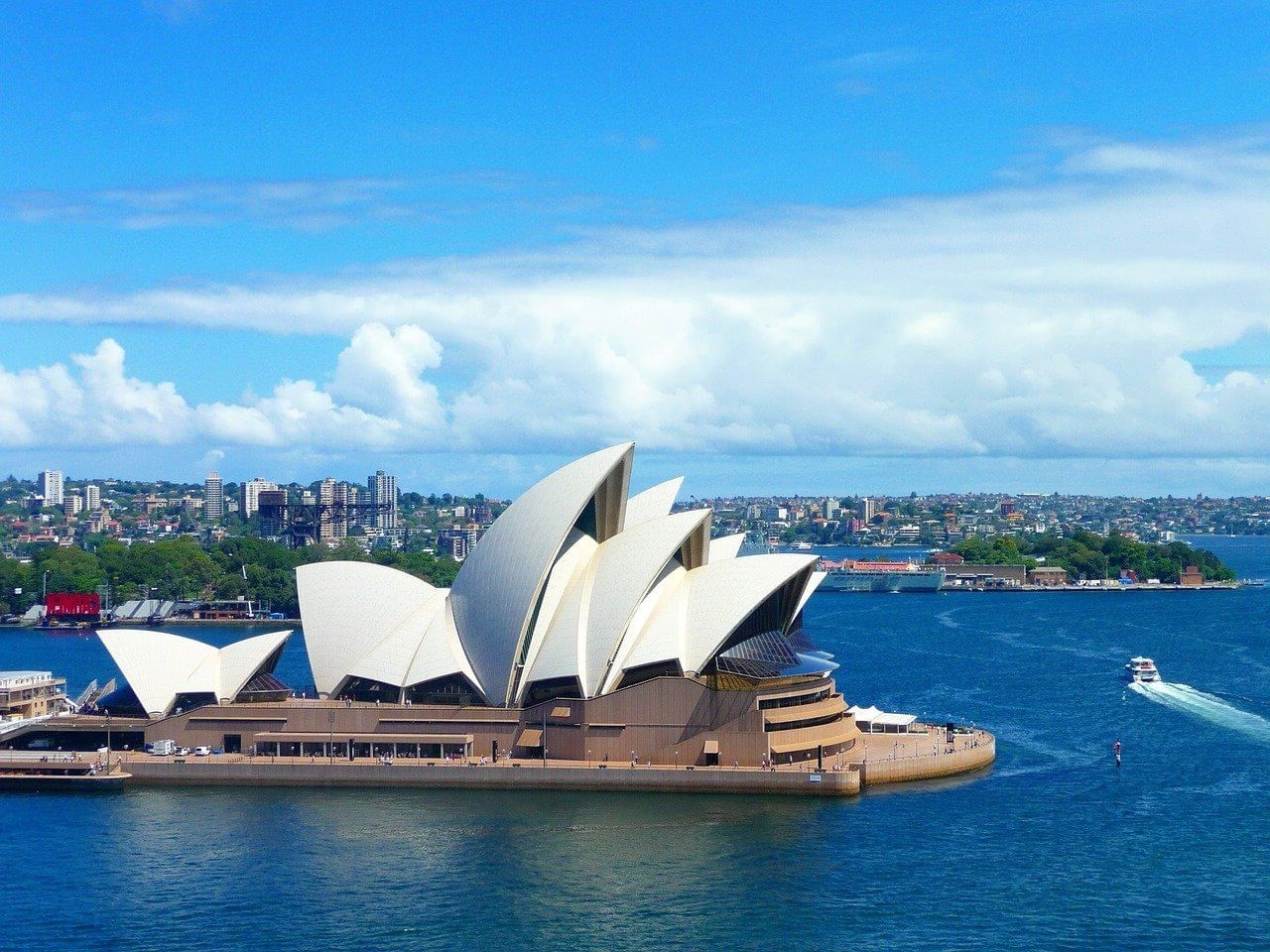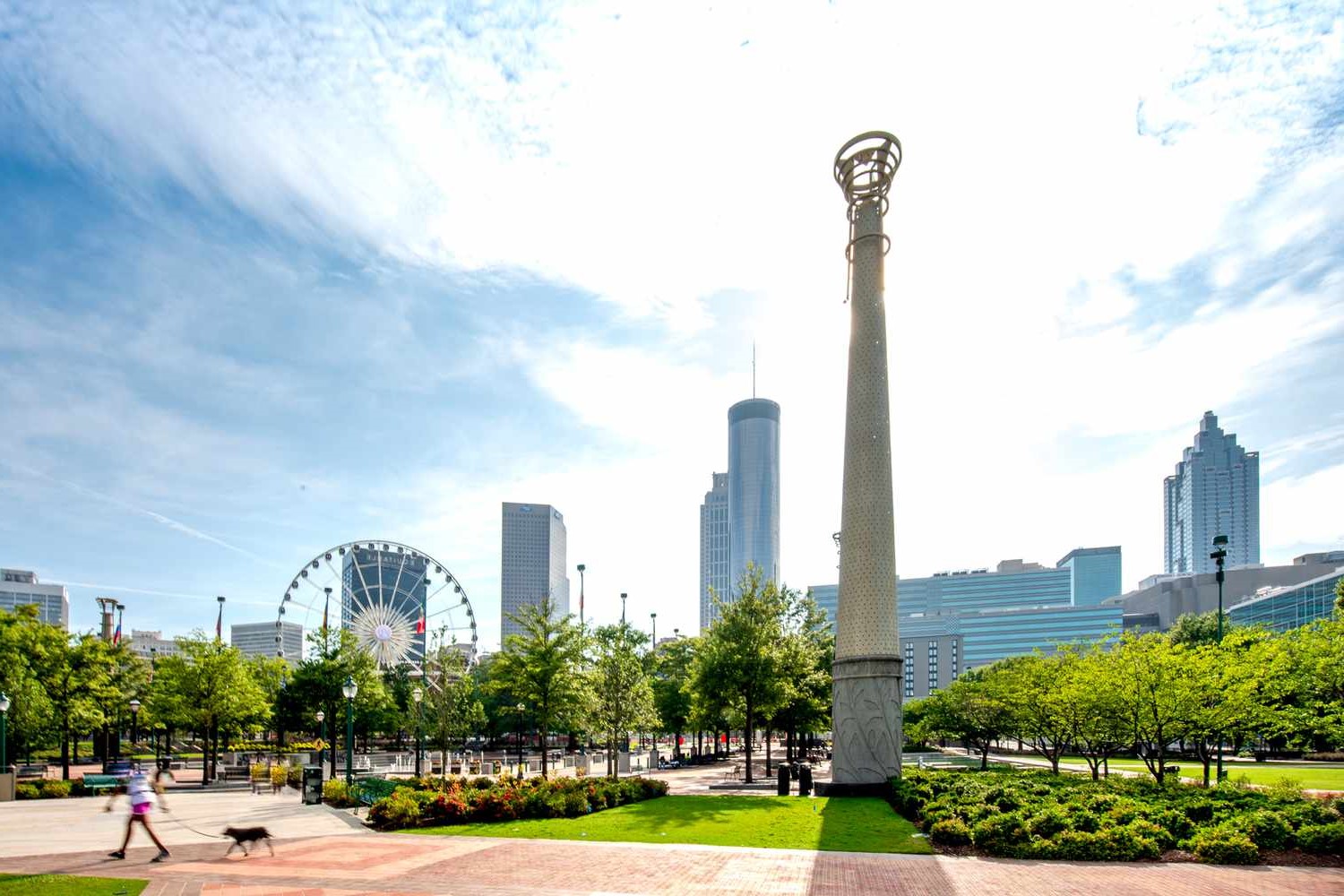Home>Culinary & Beverages>Converting Oven Temperatures: A Comprehensive Guide
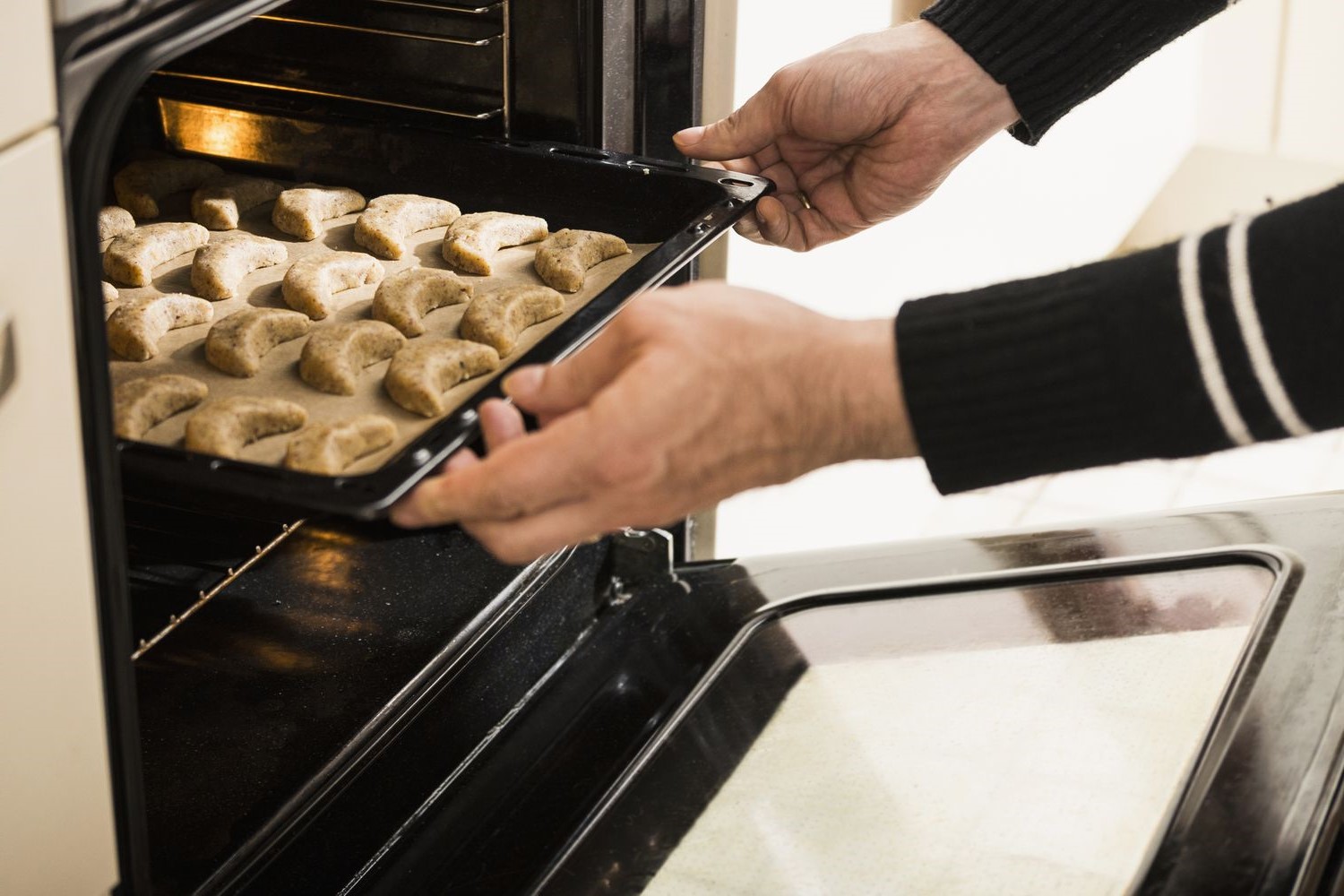

Culinary & Beverages
Converting Oven Temperatures: A Comprehensive Guide
Modified: April 28, 2024
Learn how to convert oven temperatures with our comprehensive guide. Perfect for culinary and beverage enthusiasts looking to master their recipes.
(Many of the links in this article redirect to a specific reviewed product. Your purchase of these products through affiliate links helps to generate commission for Temperatures.com, at no extra cost. Learn more)
Table of Contents
Understanding Fahrenheit, Celsius, and Gas Mark
When it comes to cooking and baking, understanding temperature measurements is crucial for achieving the perfect results. The three most commonly used temperature scales in the culinary world are Fahrenheit, Celsius, and Gas Mark.
Fahrenheit:
Named after the German physicist Daniel Gabriel Fahrenheit, this scale is widely used in the United States and a few other countries. On the Fahrenheit scale, water freezes at 32 degrees and boils at 212 degrees at standard atmospheric pressure.
Celsius:
Also known as the centigrade scale, Celsius is the standard unit of temperature measurement in most parts of the world. It is based on the freezing and boiling points of water, with water freezing at 0 degrees and boiling at 100 degrees at standard atmospheric pressure.
Gas Mark:
Commonly used in the United Kingdom and other European countries, the Gas Mark scale is specifically designed for gas ovens. It is a simple numeric system that represents oven temperatures, with Gas Mark 1 being equivalent to 275°F (135°C) and each subsequent Gas Mark increasing by 25°F (15°C).
Understanding the differences between these temperature scales is essential for following recipes accurately, especially when dealing with international cuisines or using appliances with different scale settings. Whether you're preheating an oven, melting chocolate, or proofing bread dough, knowing how to convert between Fahrenheit, Celsius, and Gas Mark will ensure that your culinary creations turn out just right.
Converting Fahrenheit to Celsius
Converting temperatures from Fahrenheit to Celsius is a fundamental skill for anyone working in the kitchen. Whether you're following a recipe from a different region or adjusting the settings on your oven, understanding how to make this conversion is essential for achieving culinary success.
The formula for converting Fahrenheit to Celsius is straightforward: subtract 32 from the Fahrenheit temperature, then multiply the result by 5/9. This simple calculation allows you to accurately translate temperatures between the two scales.
Let's take a practical example to illustrate this conversion. Suppose a recipe calls for preheating the oven to 350°F. To convert this to Celsius, we start by subtracting 32 from 350, which gives us 318. Then, we multiply 318 by 5/9, resulting in approximately 176.67. Therefore, 350°F is equivalent to 176.67°C.
Understanding this conversion is particularly useful when working with international recipes or using kitchen appliances that display temperatures in Celsius. It enables you to adapt and follow instructions seamlessly, ensuring that your dishes are cooked or baked at the intended temperatures.
Mastering the art of converting Fahrenheit to Celsius empowers you to explore a wide range of culinary creations without being limited by temperature discrepancies. Whether you're preparing a delicate soufflé, slow-roasting a succulent cut of meat, or tempering chocolate for a decadent dessert, having the ability to convert temperatures accurately opens up a world of culinary possibilities.
By familiarizing yourself with this conversion process, you gain confidence in your cooking and baking endeavors. It's a skill that not only enhances your kitchen proficiency but also allows you to appreciate the science behind temperature measurements and their impact on the textures, flavors, and overall quality of your culinary masterpieces.
Converting Celsius to Fahrenheit
Converting temperatures from Celsius to Fahrenheit is a fundamental aspect of culinary precision. Whether you're exploring international recipes or adjusting the settings on your oven, understanding how to make this conversion is essential for achieving culinary excellence.
The formula for converting Celsius to Fahrenheit involves multiplying the Celsius temperature by 9/5 and then adding 32 to the result. This straightforward calculation allows for accurate translation of temperatures between the two scales.
Let's delve into a practical example to illustrate this conversion. Suppose a recipe specifies a baking temperature of 180°C. To convert this to Fahrenheit, we start by multiplying 180 by 9/5, which gives us 324. Then, we add 32 to 324, resulting in approximately 356. Therefore, 180°C is equivalent to 356°F.
Mastering the art of converting Celsius to Fahrenheit empowers you to seamlessly navigate a diverse array of culinary creations without being hindered by temperature variations. Whether you're delicately proofing bread dough, searing a perfectly crusted steak, or caramelizing sugar for a delectable dessert, having the ability to convert temperatures accurately opens up a world of culinary possibilities.
Understanding this conversion is particularly valuable when working with recipes from different regions or using kitchen appliances that display temperatures in Fahrenheit. It enables you to adapt and follow instructions seamlessly, ensuring that your dishes are cooked or baked at the intended temperatures.
By familiarizing yourself with this conversion process, you gain confidence in your cooking and baking endeavors. It's a skill that not only enhances your kitchen proficiency but also allows you to appreciate the science behind temperature measurements and their impact on the textures, flavors, and overall quality of your culinary masterpieces.
Ultimately, mastering the conversion from Celsius to Fahrenheit is a gateway to culinary exploration, enabling you to embrace a world of flavors and techniques with precision and confidence.
Converting Gas Mark to Fahrenheit and Celsius
Converting Gas Mark to Fahrenheit and Celsius is essential for anyone using a gas oven or following recipes that specify temperatures in Gas Mark. While Gas Mark is a common temperature measurement in the United Kingdom and other European countries, many individuals outside these regions may be unfamiliar with this scale. Understanding how to convert Gas Mark to Fahrenheit and Celsius allows for seamless adaptation and accurate temperature control when preparing a wide range of culinary delights.
Converting Gas Mark to Fahrenheit
To convert Gas Mark to Fahrenheit, a simple formula can be applied. Each Gas Mark corresponds to a specific temperature in Fahrenheit, with Gas Mark 1 being equivalent to 275°F. Subsequently, each incremental Gas Mark represents an increase of 25°F. Therefore, to convert a given Gas Mark to Fahrenheit, simply multiply the Gas Mark by 25 and add 275 to the result. For example, Gas Mark 5 would be calculated as (5 * 25) + 275, resulting in 400°F.
Converting Gas Mark to Celsius
Similarly, converting Gas Mark to Celsius follows a straightforward process. Each Gas Mark can be translated to Celsius by multiplying the Gas Mark by 15. This is because each Gas Mark increment represents an increase of 15°C. For instance, Gas Mark 3 would be converted to Celsius as 3 * 15, yielding 45°C.
Mastering the conversion from Gas Mark to Fahrenheit and Celsius is particularly valuable for individuals using gas ovens or encountering recipes that specify temperatures in Gas Mark. This proficiency enables seamless adaptation and precise temperature control, ensuring that dishes are cooked or baked at the intended temperatures, regardless of the measurement system used.
By understanding and applying these conversion techniques, individuals can confidently navigate a diverse array of culinary creations, whether it involves roasting a tender joint of meat, baking a delicate soufflé, or crafting a perfectly caramelized dessert. This proficiency not only enhances kitchen expertise but also fosters an appreciation for the science behind temperature measurements and their impact on the quality and characteristics of culinary creations.
Ultimately, the ability to convert Gas Mark to Fahrenheit and Celsius empowers individuals to explore and create culinary masterpieces with precision and confidence, transcending geographical and measurement system boundaries.
Tips for Accurate Temperature Conversion
Accurate temperature conversion is a fundamental aspect of successful cooking and baking, ensuring that dishes are prepared at the intended temperatures regardless of the measurement system used. To achieve precision in temperature conversion, consider the following tips:
-
Use Reliable Conversion Formulas: When converting between Fahrenheit and Celsius, rely on the established conversion formulas to ensure accuracy. The formulas, such as subtracting 32 and multiplying by 5/9 for Fahrenheit to Celsius, and multiplying by 9/5 and adding 32 for Celsius to Fahrenheit, provide a solid foundation for precise temperature translation.
-
Round Off Calculations: While precise conversions are essential, it is practical to round off temperature conversions to the nearest whole number or a single decimal place. This approach simplifies practical application in the kitchen without compromising accuracy.
-
Verify Recipe Requirements: When encountering a recipe with temperature measurements in a different scale, take the time to verify the required temperature conversions. Ensure that the converted temperatures align with the intended cooking or baking instructions to maintain the integrity of the dish.
-
Understand Oven Settings: Familiarize yourself with the temperature scale settings on your oven. Whether it displays temperatures in Fahrenheit or Celsius, understanding the default scale and how to adjust it ensures that the oven is set to the correct temperature as per the recipe's requirements.
-
Double-Check Critical Temperatures: For recipes that involve delicate processes such as candy making or yeast activation, double-check the converted temperatures to guarantee precision. These critical stages heavily rely on accurate temperature control for successful outcomes.
-
Consider Temperature Fluctuations: Recognize that oven temperatures can fluctuate during the cooking or baking process. Be mindful of these fluctuations and make necessary adjustments to maintain the desired cooking environment.
-
Utilize Conversion Charts: Keep handy conversion charts or utilize digital tools that provide quick and accurate temperature conversions. These resources serve as valuable references, especially when working with a wide range of international recipes.
-
Practice and Familiarization: Regular practice and familiarity with temperature conversions enhance proficiency. By routinely converting temperatures between Fahrenheit, Celsius, and Gas Mark, individuals can develop a natural intuition for accurate conversions.
By adhering to these tips, individuals can confidently navigate temperature conversions, ensuring that their culinary endeavors are executed with precision and consistency, regardless of the temperature scale used. This attention to detail contributes to the mastery of temperature control in the kitchen, ultimately enhancing the quality of culinary creations.
Common Baking Temperatures and Their Conversions
Understanding common baking temperatures and their conversions is essential for anyone passionate about creating delectable baked goods. Whether following a cherished family recipe or experimenting with new culinary creations, having the ability to convert baking temperatures between Fahrenheit, Celsius, and Gas Mark ensures that each dish is prepared with precision and care.
350°F (175°C) – Moderate Oven
A moderate oven, often set at 350°F, is ideal for a wide range of baked goods, including cakes, cookies, and muffins. When converting this temperature to Celsius, it equates to approximately 175°C. This versatile temperature setting provides a balanced heat level for achieving golden-brown crusts and even baking.
375°F (190°C) – Moderate to Hot Oven
Slightly higher than a moderate oven, a temperature of 375°F, which converts to approximately 190°C, is suitable for items that benefit from a slightly hotter baking environment. This includes certain bread varieties, such as artisan loaves and dinner rolls, as well as some pastry items that require a crisp exterior.
400°F (200°C) – Hot Oven
A hot oven at 400°F, equivalent to approximately 200°C, is often used for recipes that call for rapid initial rising or browning. It is well-suited for baking artisan bread with a crusty exterior, as well as certain savory dishes and pastries that benefit from a quick, intense burst of heat.
425°F (220°C) – Very Hot Oven
At 425°F, which converts to approximately 220°C, the oven reaches a very hot temperature suitable for specific baking techniques. This high heat is often employed for achieving exceptional rise and crust development in artisan bread, as well as for creating beautifully caramelized toppings on certain desserts and savory dishes.
Gas Mark 4 (350°F, 175°C) – Moderate Oven
In Gas Mark terms, Gas Mark 4 corresponds to a moderate oven temperature, aligning with 350°F (175°C). This setting is commonly used for a variety of baked goods, providing a consistent and reliable heat level for achieving optimal results.
Read more: Pyrex: A Guide To Oven Safety
Gas Mark 6 (400°F, 200°C) – Hot Oven
Gas Mark 6 represents a hot oven temperature, equivalent to 400°F (200°C). This elevated heat level is suitable for recipes that require intense initial baking, promoting rapid rise and crust development in bread and certain pastries.
By understanding these common baking temperatures and their conversions, individuals can confidently navigate a diverse array of baking recipes, ensuring that each creation is executed with precision and attention to detail. Whether crafting delicate pastries, hearty breads, or indulgent desserts, the ability to convert baking temperatures seamlessly enhances the quality and consistency of the final baked goods, elevating the culinary experience for both the baker and those who savor the delicious results.
